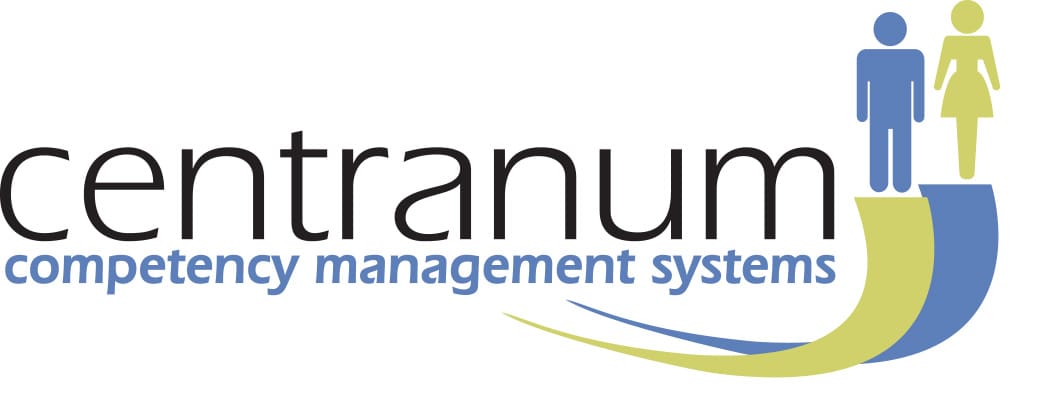5 Tips for Improving 360 Feedback in Leadership Development
Introduction
360 feedback has become more and more popular as organisations look for ways to better assess the performance and potential of their staff, especially those in leadership positions.
Broadly speaking, 360 feedback initiatives ask people to provide helpful opinions to others on how they are perceived in their work context. But …. It’s not that simple. Many extraneous non-obvious factors can influence those opinions. The risk is inaccurate, poor quality feedback.
Fortunately, there are specific steps you can take to make sure your 360-feedback initiative is well received and provides quality feedback. Here are 5 key strategies;
1. Communicate the reason for the initiative – a clear and authentic purpose
First and foremost, avoid using 360 feedback in a manipulative way with a hidden purpose. An example would be targeting staff that management feel should not be in leadership positions. The real purpose is to have them voluntarily step aside, or to provide justification for a re-assignment. Another example is using 360 feedback in a dysfunctional culture to try to deal with leaders who are unpopular with their staff but perceived by management to be critical to the organization.
Staff pick up on these hidden motives. Aside from potential employment relations issues, such exercises often result in negative feelings and outcomes for individuals. They reduce trust within the team and the organisation.

Ideally 360 feedback is used purely for individual development. However, there are times when it is used in performance evaluation and/or as inputs for HR and management decision making. In these cases, it is especially important to be able to demonstrate the validity of the assessment. (More on this shortly).
To ensure everyone has confidence in the process clearly communicate in advance exactly what the feedback will be used for, whether it is anonymous, who will have access to it, and for how long it will be regarded as valid.
2. Ensure valid leadership competencies for your organisation
It is critical that you identify valid leadership competencies for your organisation. Firstly, the competencies themselves must have construct validity. That means they must be competencies that actually measure leadership, rather than something else such as teamwork.
There are several ways to approach this.
- Use or adapt an existing validated competency library – (though many proprietary libraries are not well validated).
- Take competencies from a robust theory of leadership that is supported by research. Use different theories and therefore different competencies for different levels of leadership – supervisory to strategic.
- Define your own leadership competencies by looking at what successful leaders do in your organisation at different levels.
- List the competencies and seek input from the team on which are most important.
Whatever competency definitions you use it is important to check that each behaviour is written as an unambiguous statement that is about just ONE behaviour. It should be clearly related to its competency. There should be no overlap between behaviours in different competencies.
3. Make sure your measurement system works.

Your measurement system is the combination of the competency definitions and a rating scale. If the competency definitions are vague then you cannot get accurate measurement. Each respondent will interpret the statements differently and so everyone is measuring something different.
For the rating scale there are several options;
- Unambiguous Labels for each point on the rating scales
- Labels plus a longer description that clearly distinguishes each point
- A graphical rating scale with a description for just the bottom and the top points

The key factor to consider is the number of points in the rating scale. Most 360 feedback uses a 5-point scale. The problem with a 5-point scale is that most respondents will not use the points at either end of the scale. Almost all respondents will use the 3rd and 4th points. This means the scale is not sensitive enough to pick up differences.
Ideally use a rating scale of not less than 7 points.
For the content ensure that the statements you are asking people to evaluate are based on observable behaviours or knowledge.
If you think that not all respondents will be in a position to observe all the factors in the survey then there should be a ‘not observed’ option that does not affect the overall scoring scheme.
4. Ensure a Fair process

Participants and respondents need to feel the exercise is fair. This applies to the process used to select respondents, how anonymity (if used) is safeguarded, and the process for generating and distributing reports.
Ideally participants have input into the selection of those who will provide feedback via a nomination process. To safeguard respondents being biased towards ‘friendlies’ there should be an approval process for the manager and/or HR who can ensure the respondents are balanced in terms of their relationship with the participant. They must also ensure the respondents have sufficient connection to be in a position to provide feedback.
To preserve anonymity, it is necessary to have several respondents in each category – managers, reports, colleagues. If this can’t be achieved because for example the person only has one report – then you should be able to change the data recording so that the relationship is placed in a category that does have multiple respondents.
Ideally there is enough trust and openness within the culture of an organisation that people are willing to accept identified feedback. Sadly, this is almost never the case.


In fact, there is a very real risk that 360 feedback exercises can be used to criticise those who are unpopular.
To counteract this ensure the feedback survey should have clear instructions for respondents that outline how they should frame their feedback. It is vital that feedback is moderated before release to ensure (a) it is constructive, (b) it is in line with ratings given, (c) it does not inadvertently identify the respondent, where responses are anonymous.
5. Guided debriefs are mandatory
It is critical to avoid the scenario where the participant reads the report on their own and jumps to unwarranted conclusions. When we receive feedback that is out of line with our own perceptions our first instinct is to ignore it or to deny it.
Even if your 360 feedback reports include guidelines on how to interpret the results, it is essential that each participant receives a proper debrief. The reports should be provided at that debrief as the facilitator runs through the results, helping the participant to interpret them in a constructive way.
Participants need to be reminded that the feedback is opinion rather than reality. That there are different work contexts driving the opinions. That what is important is understanding why people may have different perspectives and what the participant can do to strengthen positive perceptions and change any negative ones.

Cerntranum’s 360 Feedback software supports best practise with unparalleled flexibility and ease of administration.


